The dilemma for the travelling photographer is a tough one. What to take, what not to take. Can this lens cover all these situations? Will I need flash? As someone that travels a lot shooting both stills and 4K video, I often struggle to know what equipment to take with me. This is often compounded by weight limits on canon baggage, Usually around 7kg. Today I am going to give you a brief overview of my current system and some of the reasoning behind my choosing it,
The Cameras
My primary camera is now the Fuji X-T2. My secondary is the Panasonic G7. The reason behind their purchase is simple, both shoot excellent 4K video, and the Fuji also shoots fantastic stills. As I often travel with my wife, it gives us the option to shoot 4K on two cameras or 4K on one and stills on another. In reserve, I also have a Fuji X-Pro1, a very capable stills camera but not so good for video.
As you will note, all three cameras that I have mentioned are mirrorless and the primary reason for that is weight. Smaller cameras and smaller lenses mean I can walk further and shoot more than if carrying a full sized DSLR kit.
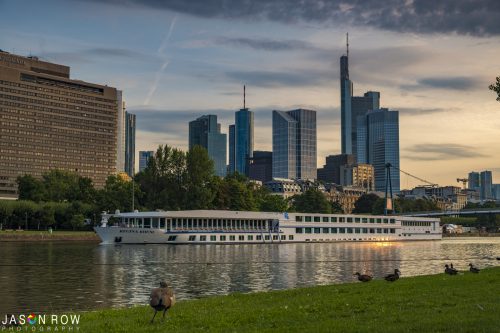
The Lenses
One of the issues of course with using different manufacturers for cameras is lenses. I have partially negated that by using old Canon FD mount lenses and adapters for Fuji and Panasonic. When shooting 4K it's rare that I need to focus automatically and after a while setting the exposure manually becomes second nature. The FD lenses are a 28mm f2.8, 50mm f1.8 and a 135mm f3.5. I also carry a Canon FD to M4/3 speed booster. This is particularly useful on the 50mm, giving me an equivalent of about 80mm f 1.4
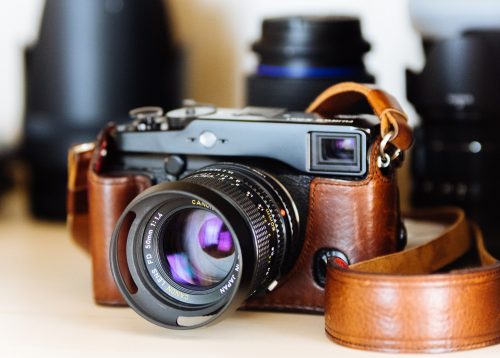
For stills shooting and times when I do need autofocus, I have the Fuji 14mm, 18-55mm and 60mm macro. All reasonably fast and sharp lenses and again most importantly, small and light.
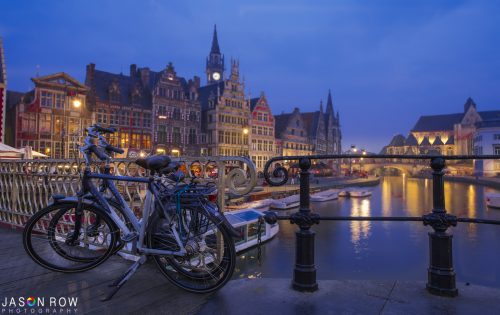
The Tripod
The tripod legs were an easy choice, the Manfrotto 055C. These are carbon fibre, have a good extension and are very sturdy. Although not cheap, the 055C is not the most expensive set of carbon fibre legs around.
The tripod head is always a dilemma. Shooting 4K video I must have a fluid video head. In my case, this is the Manfrotto HDV 701. The obvious problem with video heads, however, is that you cannot tilt them to portrait format. If I am going to shoot a lot of stills as well as video, I will sometimes carry a Manfrotto ball and socket head with me too, The downside of this is that it is quite heavy although I tend to put it in checked luggage rather than carry on.
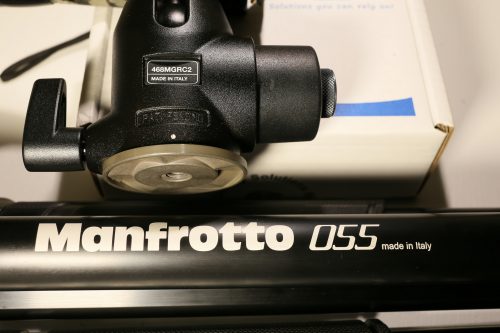
The Laptop
Last year I experimented with travelling without a laptop. This was only partially successful and on the whole a frustrating issue. The system I used was an iPad Mini 4 and a Wifi enabled hard drive. Whilst copying and storing images was generally quite easy, the main issue was viewing and editing them. It was painfully slow to transfer from the hard drive to the iPad and virtually impossible to view any of the 4K video clips. This meant I was not able to even pre-select work for editing when I got home.
This year I have returned to using a laptop on my travels. The laptop in question is an Apple MacBook. Weighing in at less than 1kg and with a maximum depth of 9mm this thing still packs a 2K resolution retina screen, has 9 hours of battery life and a 500GB SSD hard drive. This allows me to transfer images and video quickly and more importantly view and pre-select them. The images are also backed up to an external 1Tb USB 3.0 drive. Overall the kit is little bigger than the iPad combination I was using last year but much more powerful.
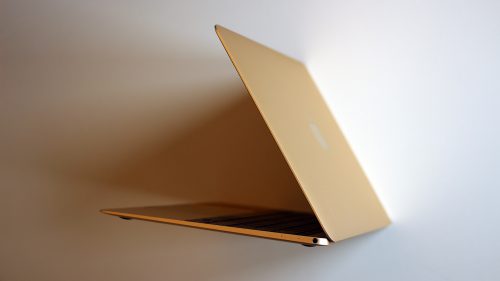
The Sundries
Shooting 4K video a set of ND filters is a must. For stills, graduated NDs and polarisers are extremely useful. To cover all bases I use the Hitech-Formatt 67mm square filter system with adapters for all my lenses and two filter holders.
My day bag for equipment is a LowePro Messenger 250. This is a small, discrete over the shoulder bag in which I can pack two mirrorless bodies, several lenses and a filter system.
As the bag has no attachment for a tripod, I have an Optitech strap designed specifically for tripods. Overall the combination is very comfortable and easy to access.
Travelling is immense fun and highly educational. It's also one of the best ways to get a huge variety of great photographs. However, if our camera equipment becomes too bloated, too heavy for our travels then we are less likely to look for and get great shots. My kit has been honed over many years of travel to a point where I feel it is as good as it can get for my needs.
What set up do you use when travelling?

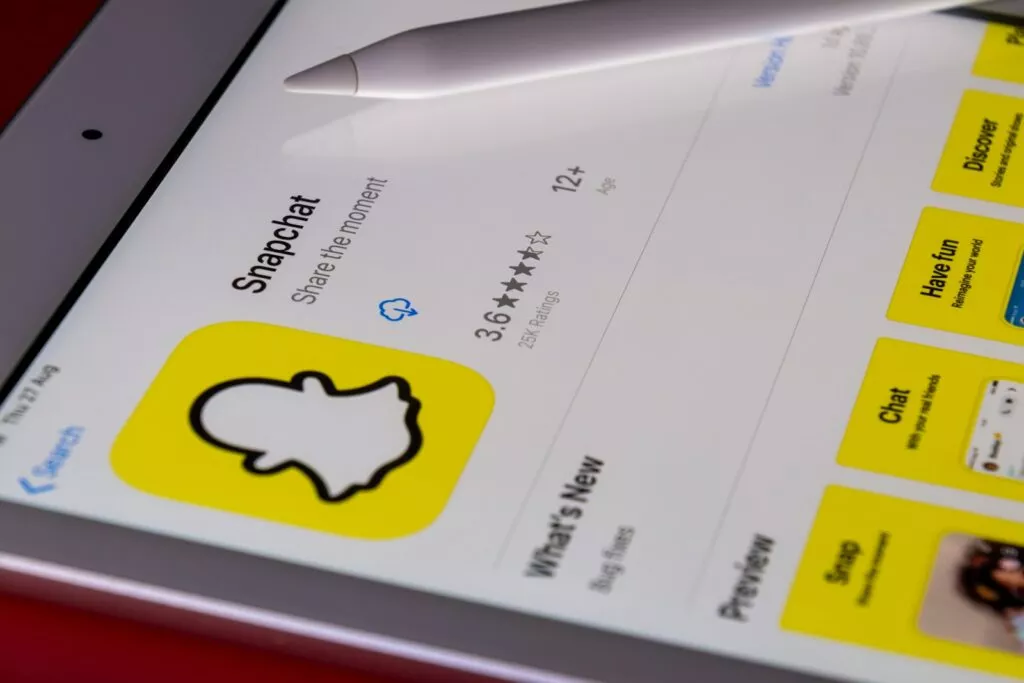


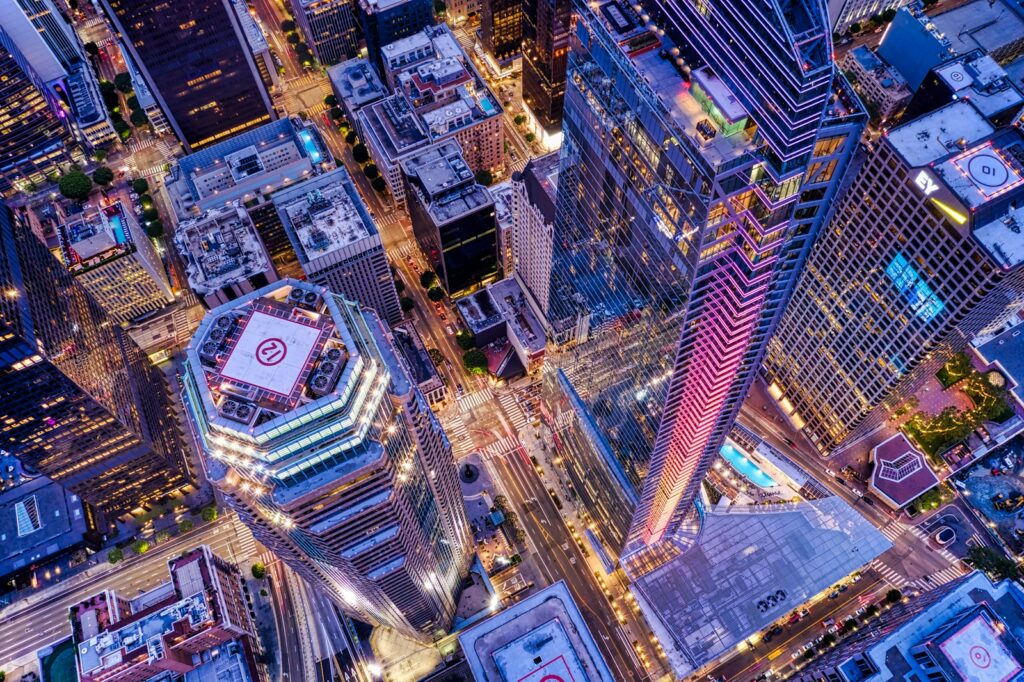
8 Comments
Travel photography doesn’t need a telephoto zoom? I use a 18-270mm lens with my nikon and it’s quite heavy 🙁
Wont u be restricted using only primes? Or a 3x 18-55?
We all have different styles of shooting. What you may consider indispensable, he may consider frivolous. Like you, I prefer zooms, particularly super zooms like your 18-270, but I also own several primes, many of them manual focus, so I understand the allure of slowing down your pace in order to compose your shot. He mentions his style of shooting is deliberate so there’s no need for him to change focal lengths quickly. The fact that he uses vintage legacy glass Canon FD, manual focus only) is a giveaway there. If he does need reach, he has a 135mm. Mounted on a m4/3 camera, like the Panasonic G7, would yield a full frame equivalent image around 270mm, which is quite long, if he wants it If he needs to go wide, he has the 14mm. That’s a wider field of view than your 18-270 at it’s widest. The combined weight of his lenses may actually come out to more than the weight of 1 superzoom but there’s more to photography/videography than weight and focal range.
I could not have put it better myself Phil. Thanks.
Slightly confusing that the lead picture for the article is an X-Pro and the discussion is about XT-2. Great apart from that though, very sensible.
Jason does say he has an X Pro 1 as a reserve. I used to, but sold it and wish I hadn’t…
I’m also a big fan of Fuji XT1 and 2. When travelling I use the Fuji 16-55 zoom, a 55-200 and either a 23 mm prime or for certain destinations a 14 mm prime. This combined with Formatt Hitech spin on ND filers with adapters for the different lens diameters. I use a sturdy Benro aluminium tripod with a Manfrotto ball head and a nodal slider plus L-bracket. Main subjects I shoot are cityscape and long exposures.
This summer I tried to go super light with just a 23 mm prime and a Velbon PMax super light tripod and filters. Total kit weighed less than 2 kg. Very light but with some limitations that forced me to be more innovative.
I travel 4 to 6 months in a year with one of the smallest DSLRs, the Pentax K-5 IIs, Sigma 10-20, Tamron 17-50 / 2.8 & Pentax HD 55-300 WR. If I need Weather sealing (WR) I will drop the Tammy and add the Pentax 18-135 WR. The zoom gives me versatility since I am no longer very agile to use “Legs 11”. Also I trust auto focus rather than my aging brown eyes. I will always carry a high end P&S as a back up – with the Misus.
In Europe I use the 10-20 80% of the time – narrow streets, mighty squares, tall spires and huge cathedrals. The 55-300 comes in handy for mountain-scapes and the few wildlife like in the Canadian Rockies or Yellow Stone National Park & very recently the Blow Holes in Maui, Hawaii – where it is safer to keep a distance.
Since a Tripod is not allowed in many places I may carry a monopod, otherwise 90% I will shoot hand held – weight and restrictions being the main reasons. A 3rd Party Flash, CPL & GND Filters. Note all my lenses have Pro Protector Filters on them – dust dirt, spots, spray are magically attracted to the lens – always in all my travels – don’t ask how. A blower brush and Japanese Hi Fiber cloth completes the Kit.
For carrying everything I use a Meade padded Lunch bag with 3-separate external compartments with zippered pockets inside. I have cut a DIY storage space in the innards on both sides where you grip the camera – the RHS pocket being larger. I saw this Engineering marvel in a Japanese SLR Bag circa 1993. The bag looks indiscreet and will not attract thieves.
Nice write up and description. I always appreciate learning what other photogs utilize and how as it helps me see new and possibly better ways. Question: Has anyone used the XT-2 for night/milky way photography and had success? Any links or input would be appreciated. Cheers
-Will